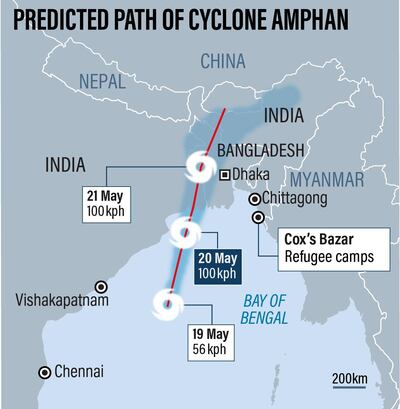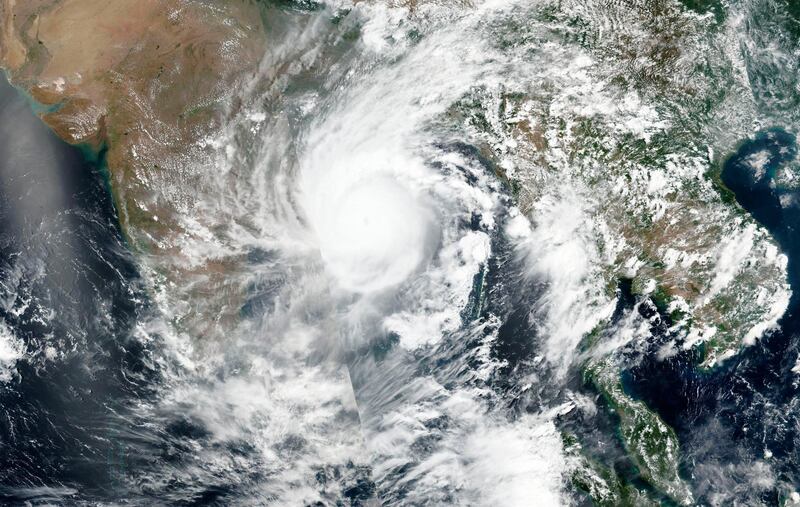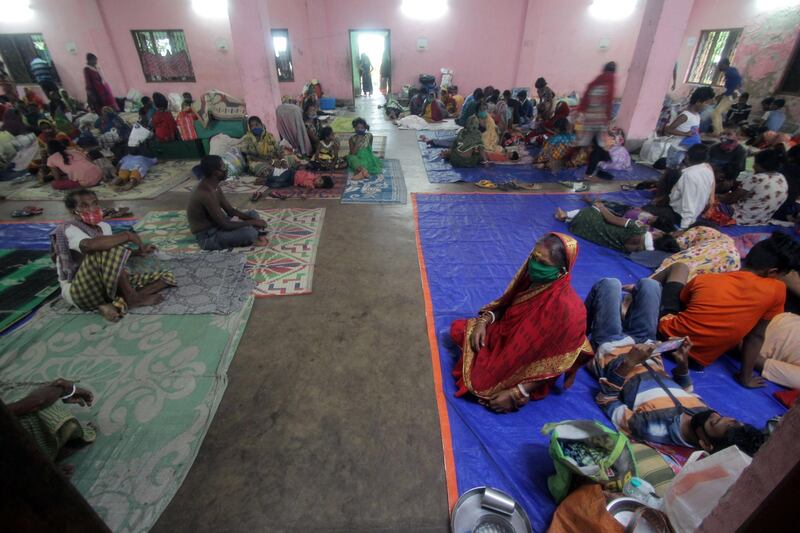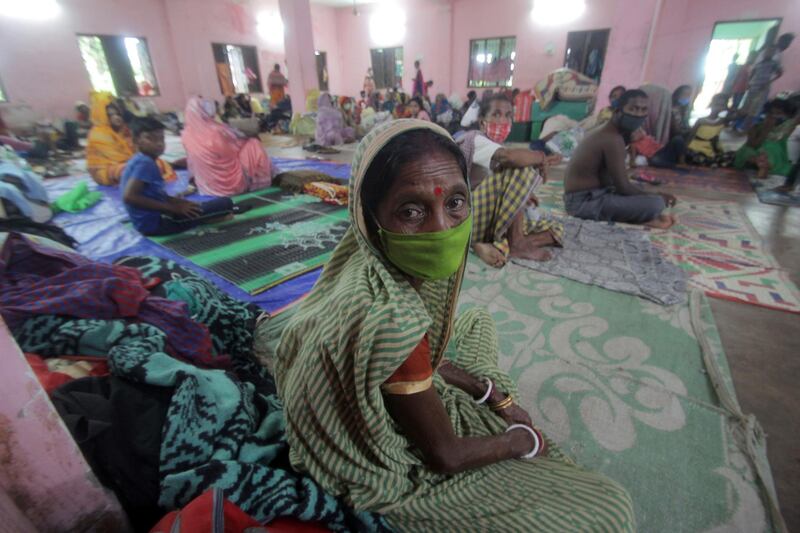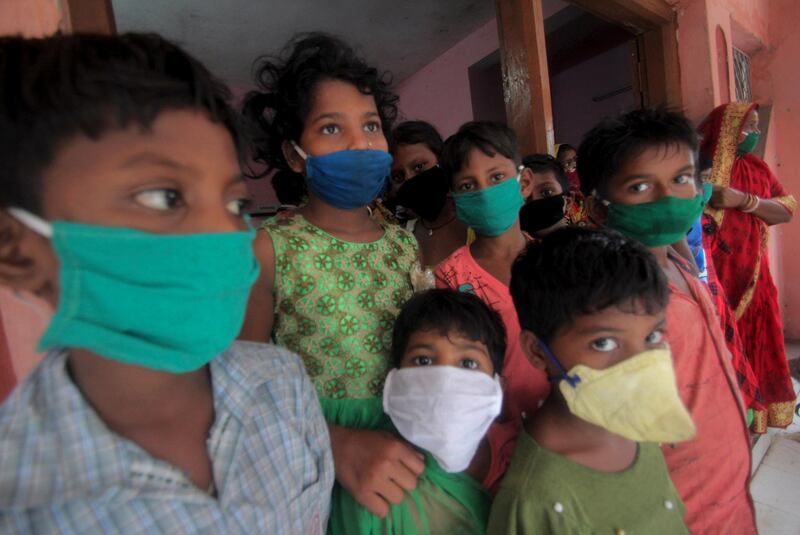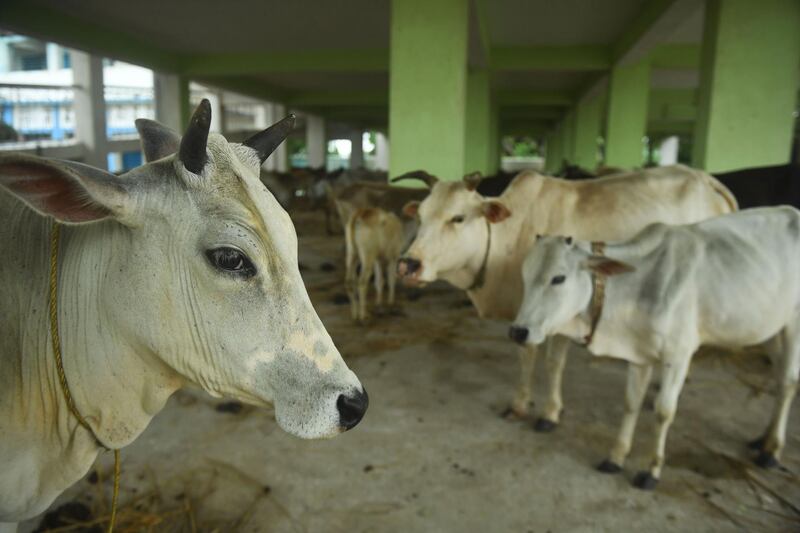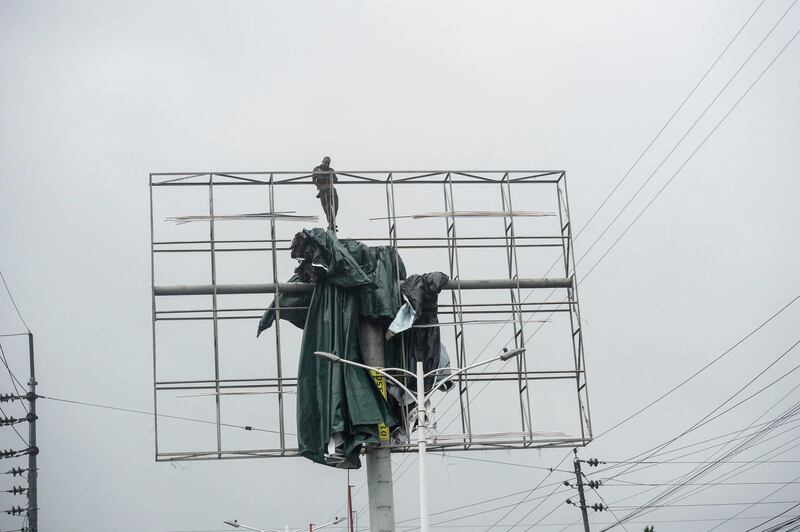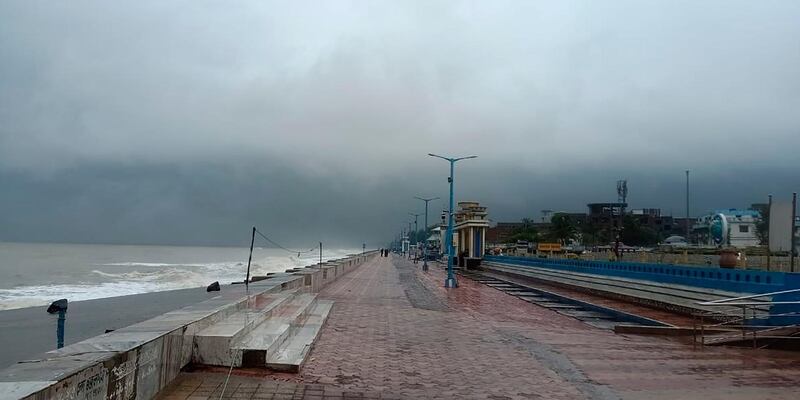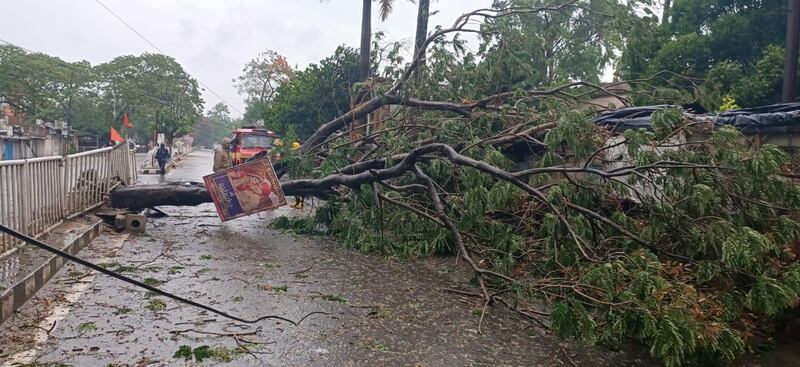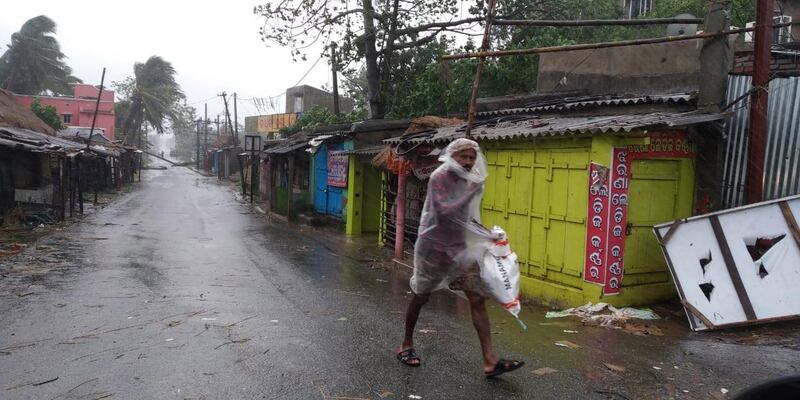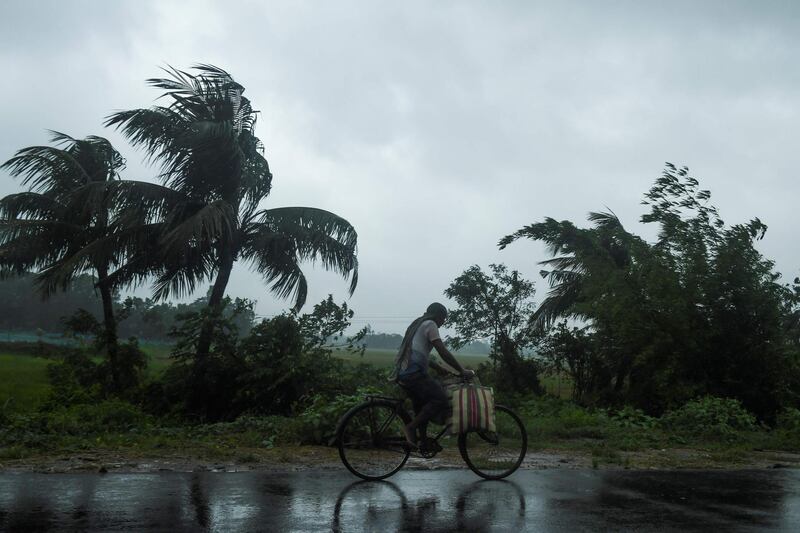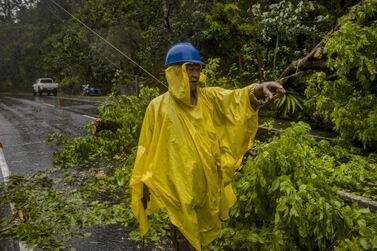A cyclone killed at least five people as it swept through eastern India and Bangladesh on Wednesday, accompanied by a surge that swamped embankments and destroyed hundreds of homes.
Authorities moved about 3 million people to safety in both countries this week, as Cyclone Amphan brewed in the Bay of Bengal to become one of the strongest storms to hit the region in years.
The operation was complicated by efforts to avoid a surge in coronavirus cases.
With gusting winds of up to 185kph triggering a surge of about five metres, the cyclone moved inland through India's populous West Bengal state before hitting Bangladesh, weather officials said.
At least three people, including a girl, 13, died in West Bengal, authorities said. Two more were killed by falling trees in neighbouring Bangladesh.
Authorities rushed to move more than three million people from low-lying areas, but the task was complicated by the need to prevent the spread of coronavirus.
As it made landfall, Cyclone Amphan tore through coastal villages, flattening mud houses, blowing off roofs, uprooting trees and destroying cropfields.
Videos and photos on social media showed residents heading to shelters, some carrying bags with their belongings and all wearing masks to protect against the coronavirus.
Officials went from village to village with loudspeakers warning people to take shelter.
The highest level of alert was raised in Bangladesh at 6am, said Enamur Rahman, junior minister for disaster management and relief.
In Satkhira district in Bangladesh, local chief government administrator Mostafa Kamal said people in shelters were given dry food, baby food and medicine.
Mr Kamal said they were distributing masks and other safety equipment to keep coronavirus from spreading during their stay in thousands of shelters.
In refugee camps in Cox's Bazar, which reported its first 10 coronavirus cases last week, authorities and UN workers prepared 50 shelters and assigned 256 volunteer groups.
Areas at risk of landslides were stabilised with bamboo and concrete walls.
But the combination of the virus and cyclone could lead to a "new humanitarian crisis", said Manuel Pereira, deputy chief of mission for the International Organisation for Migration in Bangladesh.
"We know that if people are forced to seek communal shelter, they'll be unable to maintain physical distancing and run the risk of contracting or transmitting the virus," Mr Pereira said.
Cyclone Amphan slams into India and Bangladesh
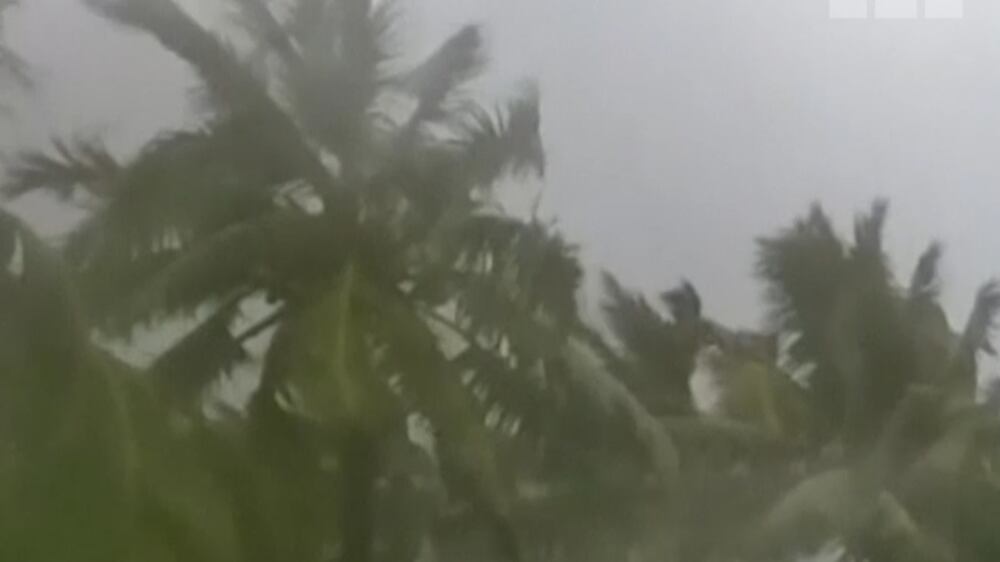
The cyclone is occurring during the month of Ramadan, and reports from Muslim-majority Bangladesh said many villagers were fasting all day on Tuesday, then eating at night before heading for the shelters early on Wednesday.
Kolkata in India was battered by heavy rain and the muddy Hooghly River was rising under dark skies, while large waves pounded the shore in the coastal resort of Digha.
Bangladesh's low-lying coast, home to 30 million people, and India's east are regularly battered by cyclones that have claimed the lives of hundreds of thousands of people in recent decades.
While the frequency and intensity of storms have increased, blamed partly on climate change, casualties have fallen because of faster evacuations, better technology and more shelters.
The cyclone could endanger India's fight against the coronavirus, with supply lines cut, roads destroyed and lockdown measures slowing relief work, said T Sundaramanan, a health systems consultant in Pondicherry, south-east India.
Tuhin Ghosh, director of the oceanographic studies at Jadavpur University, said the pandemic's lockdown had already sapped people's resilience.
"Because they are economically down, they are not getting enough food," Mr Ghosh said.
"When another disaster comes, then it's a double impact."
